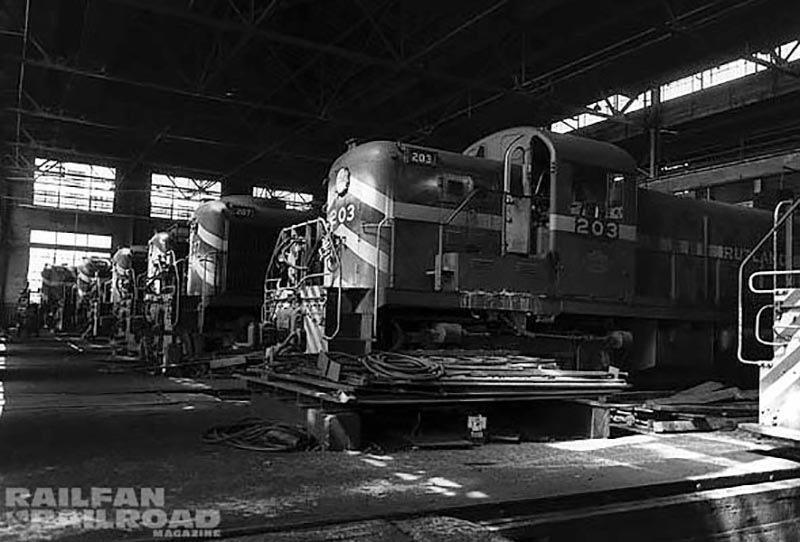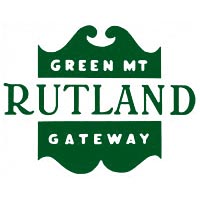 By Jim Shaughnessy/photos by the author
By Jim Shaughnessy/photos by the author
A typical railroad shop by its very nature is a noisy, smoky, gritty and busy place. In a facility devoted to work on diesels the air usually has a bluish haze and reeks of exhaust fumes with streams of sunshine piercing through it – if there are windows and the dirt on them is thin enough to allow the light in. Diesels are often running as certain tests and adjustments are performed with the engine running and they are moved in and out of the shop under their own power…
When steam locomotives ruled, the shop interiors were surprisingly less smoke filled as the great machines being serviced were cold. No fires burned in the fireboxes as the heavy work progressed. There was, however, more noise as most repairs to steam locomotives involved some form of heavy hammering, grinding or scraping. Whether it was a steam or diesel shop, neither was a quiet place!
In July 1962, the Rutland’s shop in its namesake city was indeed a quiet place. It was an extraordinary circumstance to have practically the railroad’s entire locomotive fleet gathered under one roof at the same time. There they were, crowded together as close as space would allow like a heard of wildebeasts on an African plain seeking mutual protection from predators.
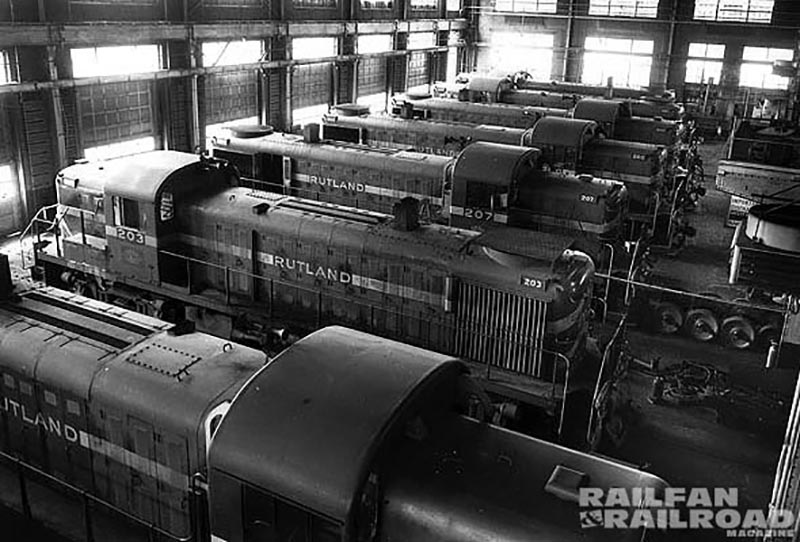
Rutland’s eight Alco RS-3’s were gathered in the shop in the railroad’s namesake city, idled by a work stoppage that would eventually lead to the liquidation of the company. Photo by Jim Shaughnessy
You see, the railroad’s operating employees union called a strike in September 1960 over a series of long standing issues involving wages and work rules. This was the second work stoppage in less than a decade and was unlikely to solve any of the old problems still in contention. (A federal Court Injunction served under the terms of the Railway Labor Act ended the 41 day work stoppage and started a one year cooling-off period during which operations resumed)
A 21-day walkout in the summer of 1953, the first in the Rutland’s 105 year history, resulted in the elimination of passenger service. Now, at the end of September 1961, the very existence of the railroad itself was in question.
The scene all around me was strangely eerie. No smoke, no sound, no activity and no people! All that was heard were a few cooing pigeons up in the roof trusses and the shop cat stomping his feet on the floor (if he wasn’t on strike too)! The impeccably maintained twelve-year-old fleet of Alco RS-3’s sat alone with memories of their many summer and winter trips through the picturesque Vermont countryside.
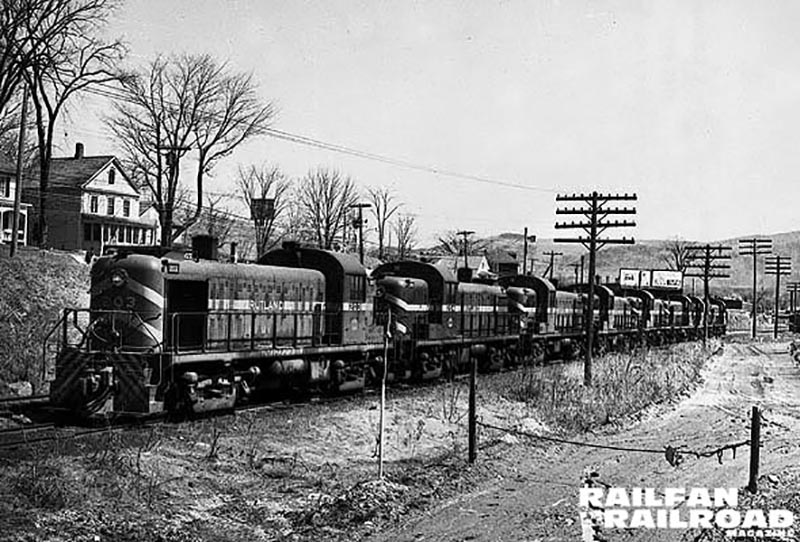
Eight of the Rutland’s nine nearly-new Alcos wait on April 4, 1963 at the Delaware & Hudson interchange awaiting pick up and eventual delivery to the Louisville & Nashville. The ninth unit, No. 206, was based in Odgensburgh, New York, and was shipped directly from there to the L&N. RUTLAND HERALD, Jim Shaughnessy Collection
It was inconceivable to me that this fleet of handsome green locomotives would not soon be back on the road, but it was not to be! Management petitioned the ICC for total abandonment of the railroad, and after many protracted studies, objections and hearings, it was granted in October 1962.
April 4, 1963 was a sad day for lifetime employee Gordon Cutler, shop apprentice, later machinist and now general foreman, as he organized eight of the nine RS-3’s into a line to be delivered to their new owner, Louisville & Nashville. There was a tear in his eye as he closed the cab door on the 203 and climbed down the steps for the last time at the Delaware & Hudson interchange track west of the now empty shop.
Online Extra: The Rest of the Story
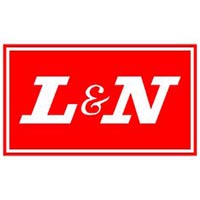 By Otto M. Vondrak/photos as noted
By Otto M. Vondrak/photos as noted
After a final series of cirppling strikes against that brought the railroad to a standstill in 1961, application was made by the Rutland Railway to the Interstate Commerce Commision for complete abandonment. Even before the official word came down, the railroad’s fleet of nine 1600hp Alco RS-3’s were put up for sale in April 1963 (the Rutland would officially end all operations a month later on May 20).
The diesels made their way south to the Louisville & Nashville for terminal and yard switching duties in the Cincinnati area. Upon delivery, the units were quickly patched with L&N road numbers and logos, but were never fully repainted. Renumbered in order as L&N 256-264, the relatively young diesels (the oldest constructed in 1951) were used as trade-in material for newer EMD and Alco power between 1964 and 1966, ending a colorful era on the L&N.
—Special thanks to Ron Flanary and the L&N Historical Society.
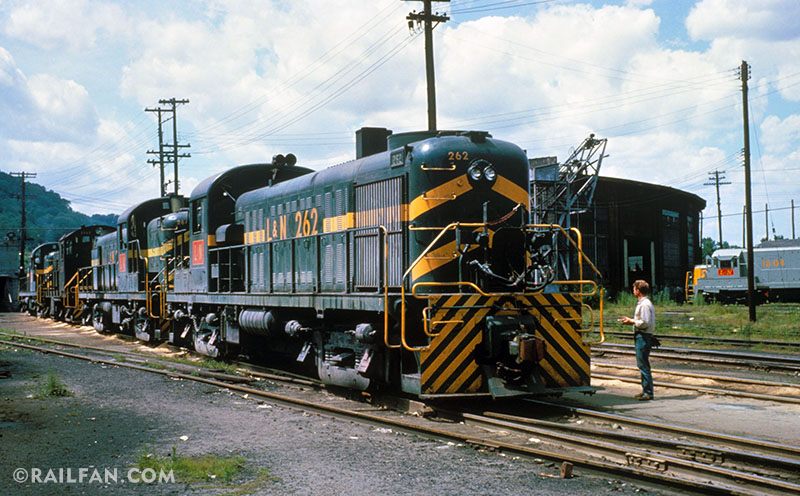
Louisville & Nashville 262 (ex-Rutland 206) leads a set of mixed diesels at DeCoursey, Kentucky in September 1963. When the former Rutland units arrived on the L&N, they were quickly patched and put into service, wearing their green and yellow paint until they were traded in for new power just two years later. Photo by Jim Edmonston, L&N Historical Society Collection
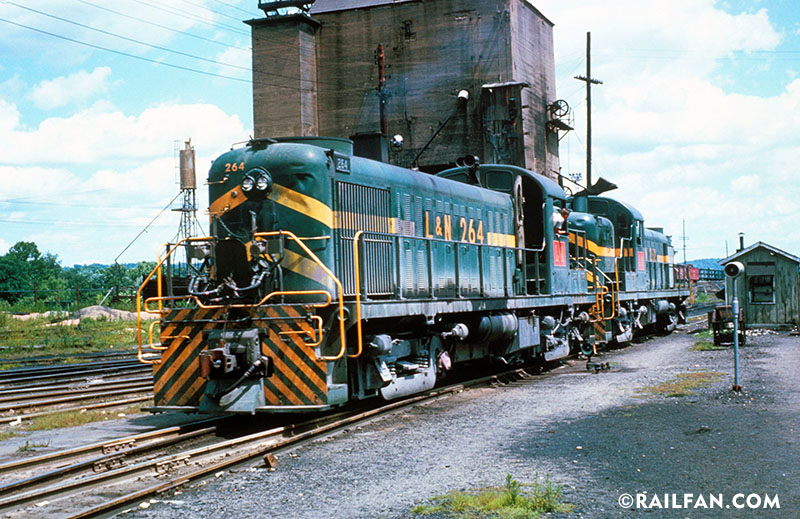
Here we see L&N 264 (former Rutland 208) and another unit working at DeCoursey, Kentucky in September 1963. This was the L&N’s big yard for the Cincinnati area before the construction of Queensgate Yard. Photo by Jim Edmonston, L&N Historical Society Collection
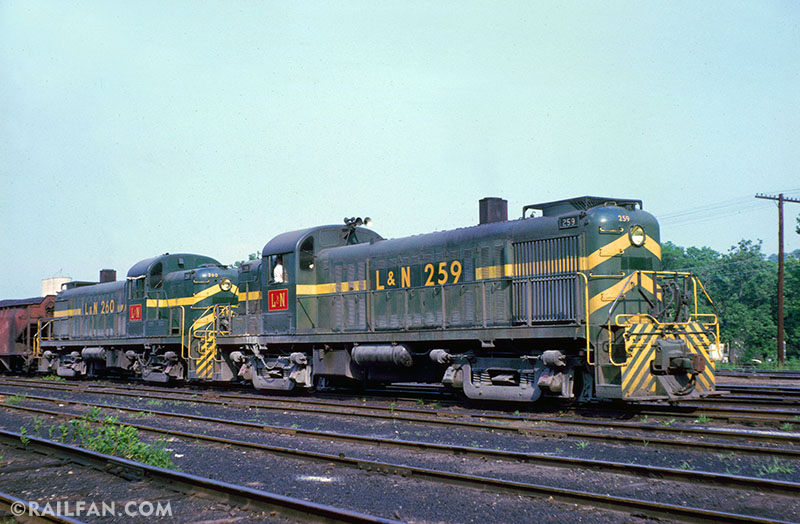
Since the M.U. set-ups on the former Rutland diesels did not match anything else on the L&N system, these units tended to work together in yard and transfer service. This photo of L&N 259 and 260 (ex-Rutland 203 and 204, respectively) was taken in Cincinnati, Ohio, on June 2, 1963. Photo by Tom Smart, Ron Flanary Collection


